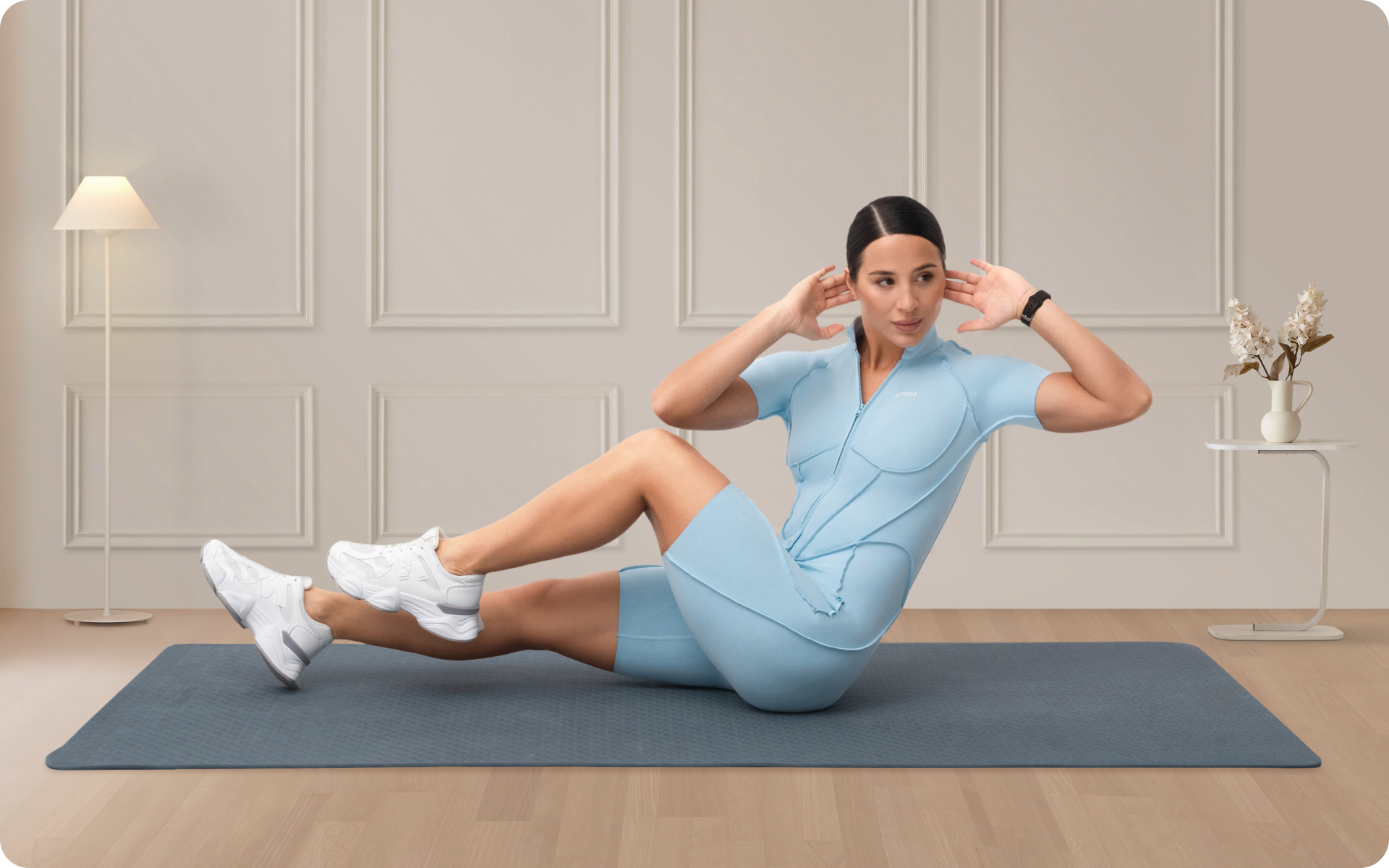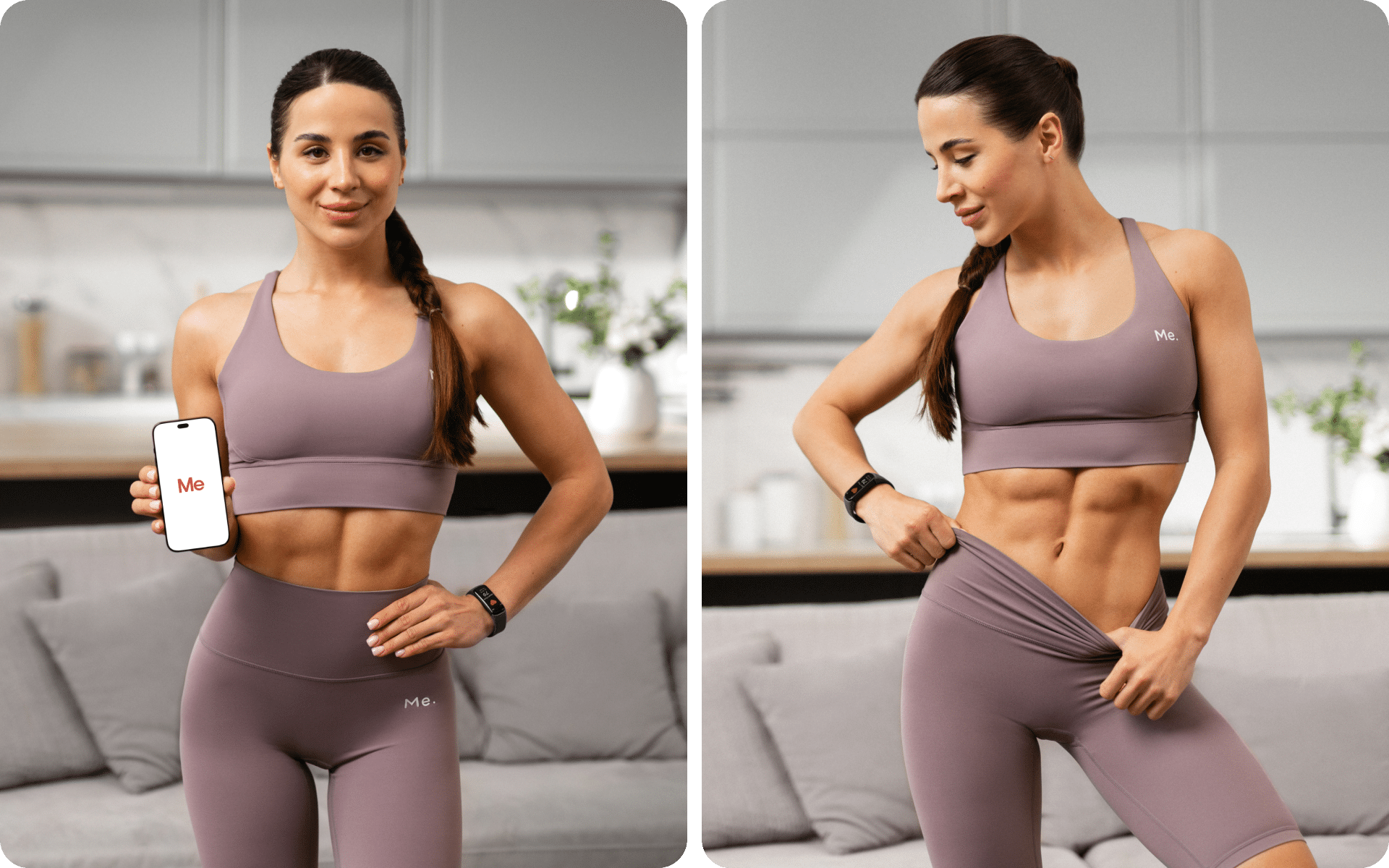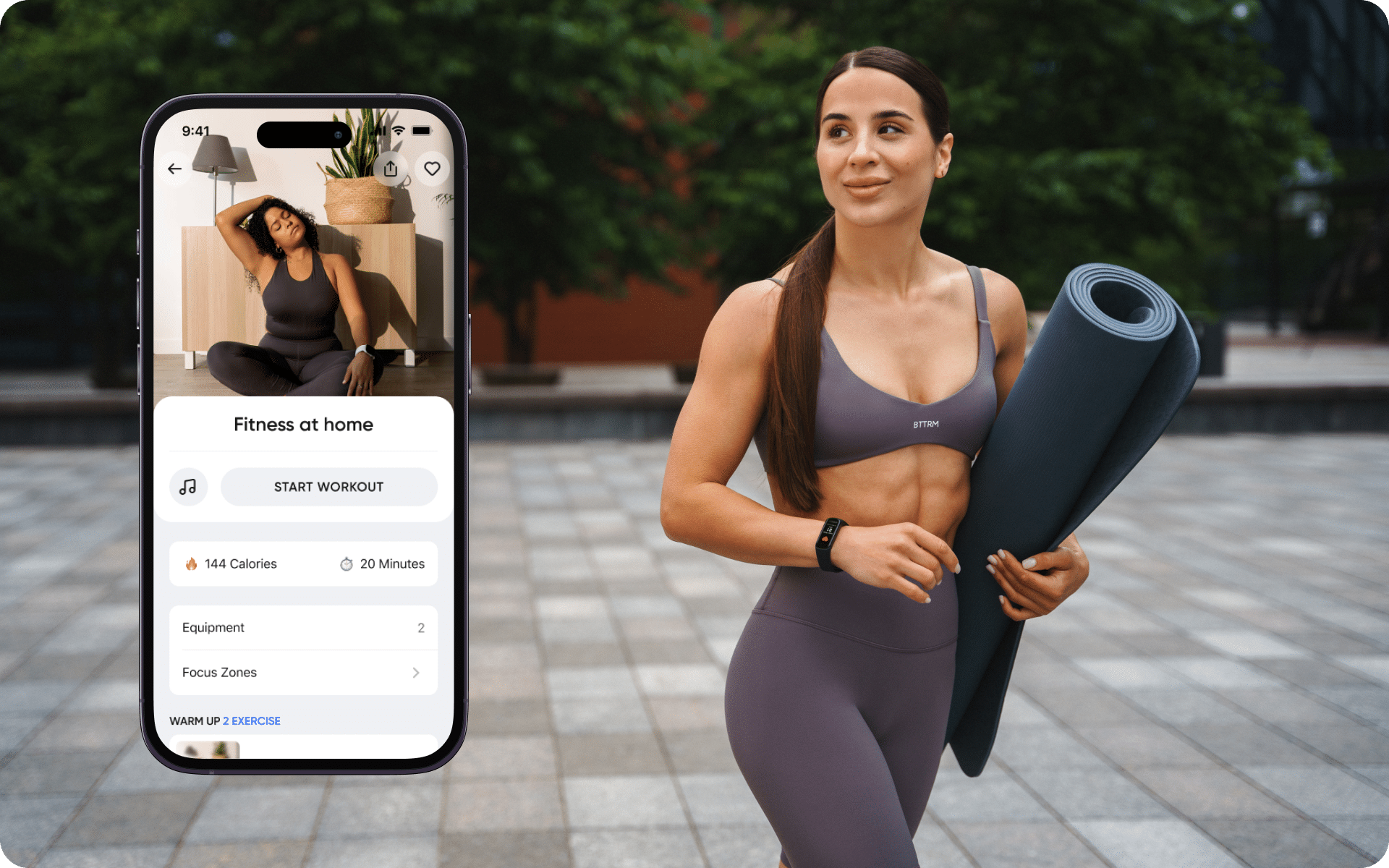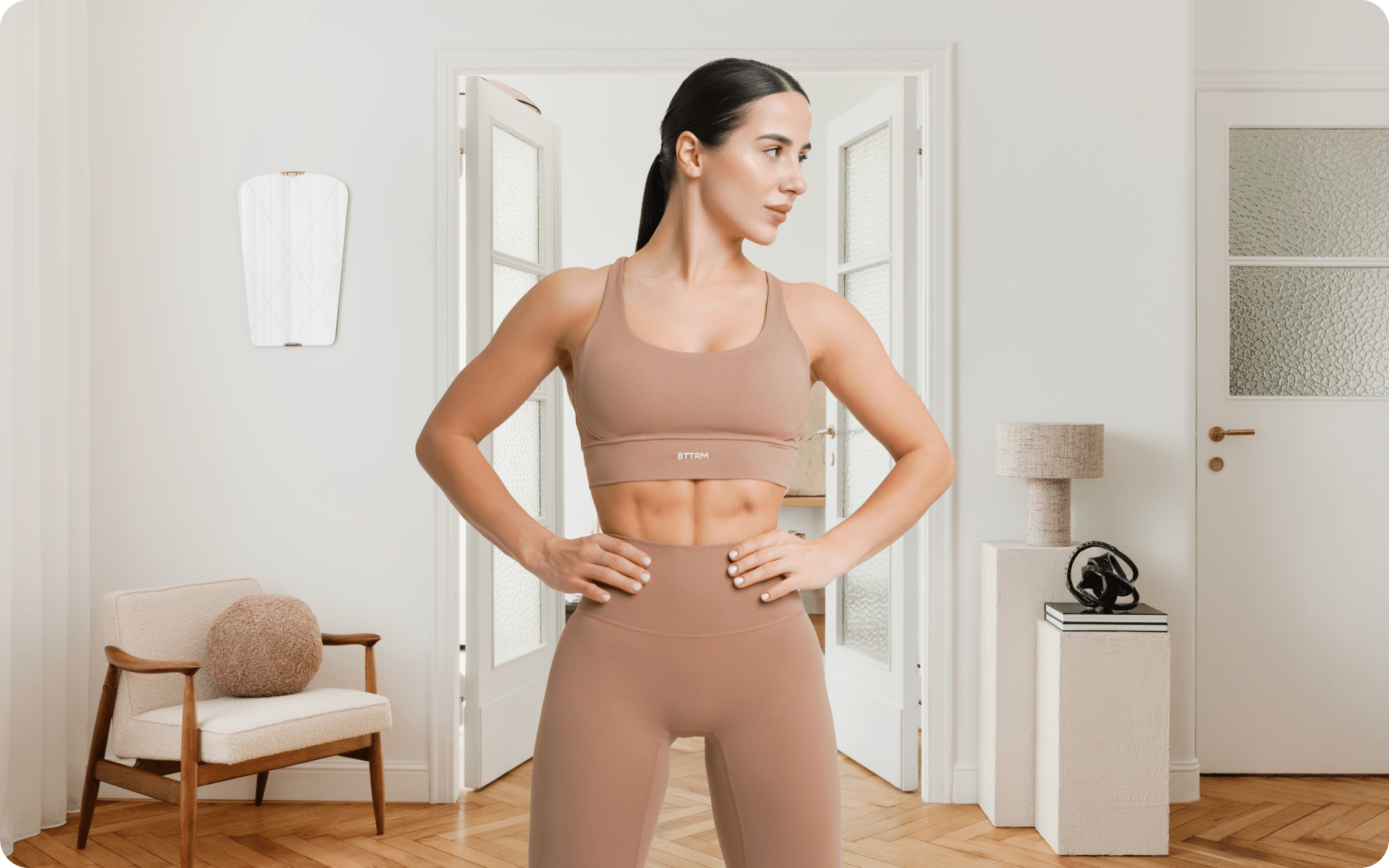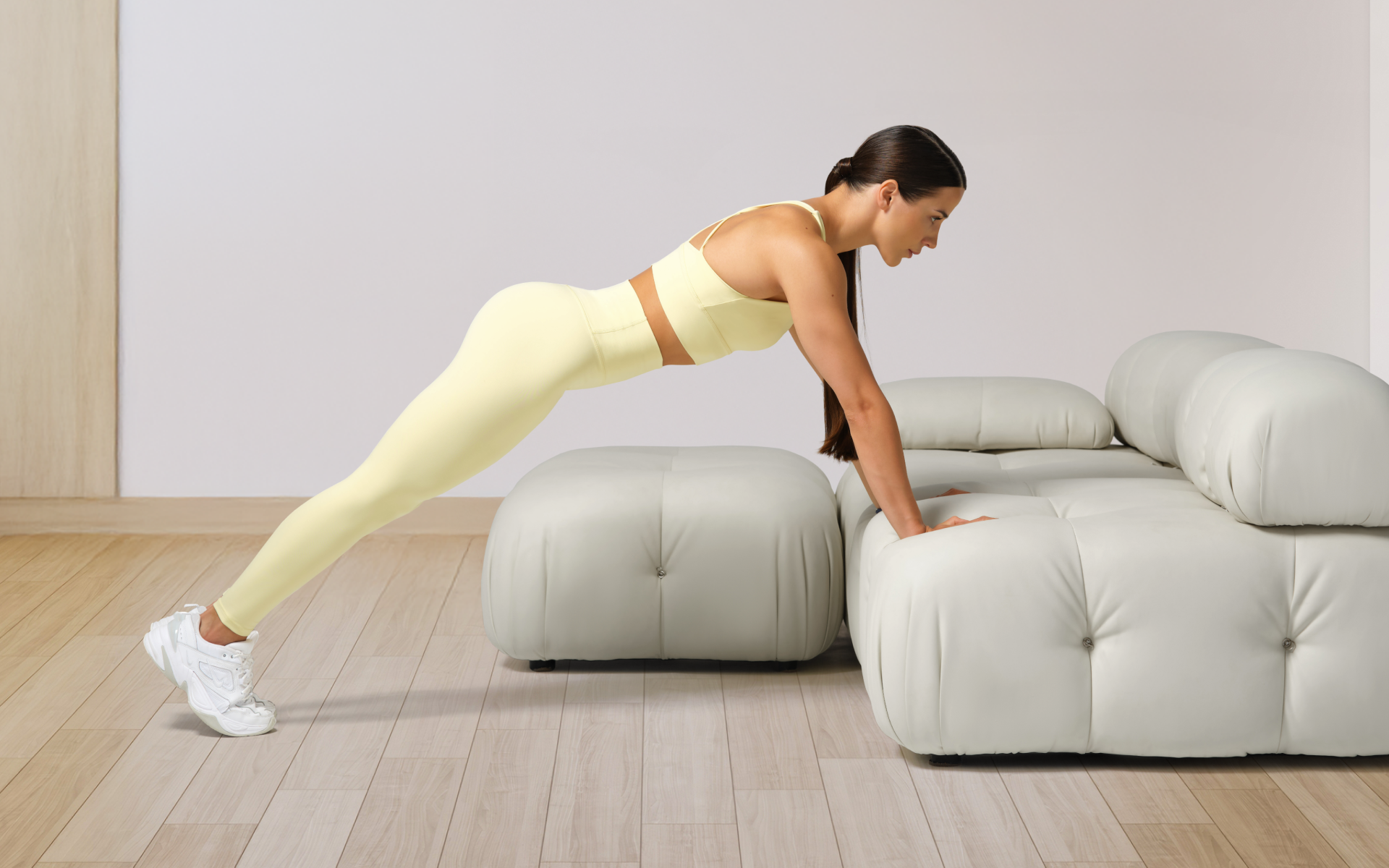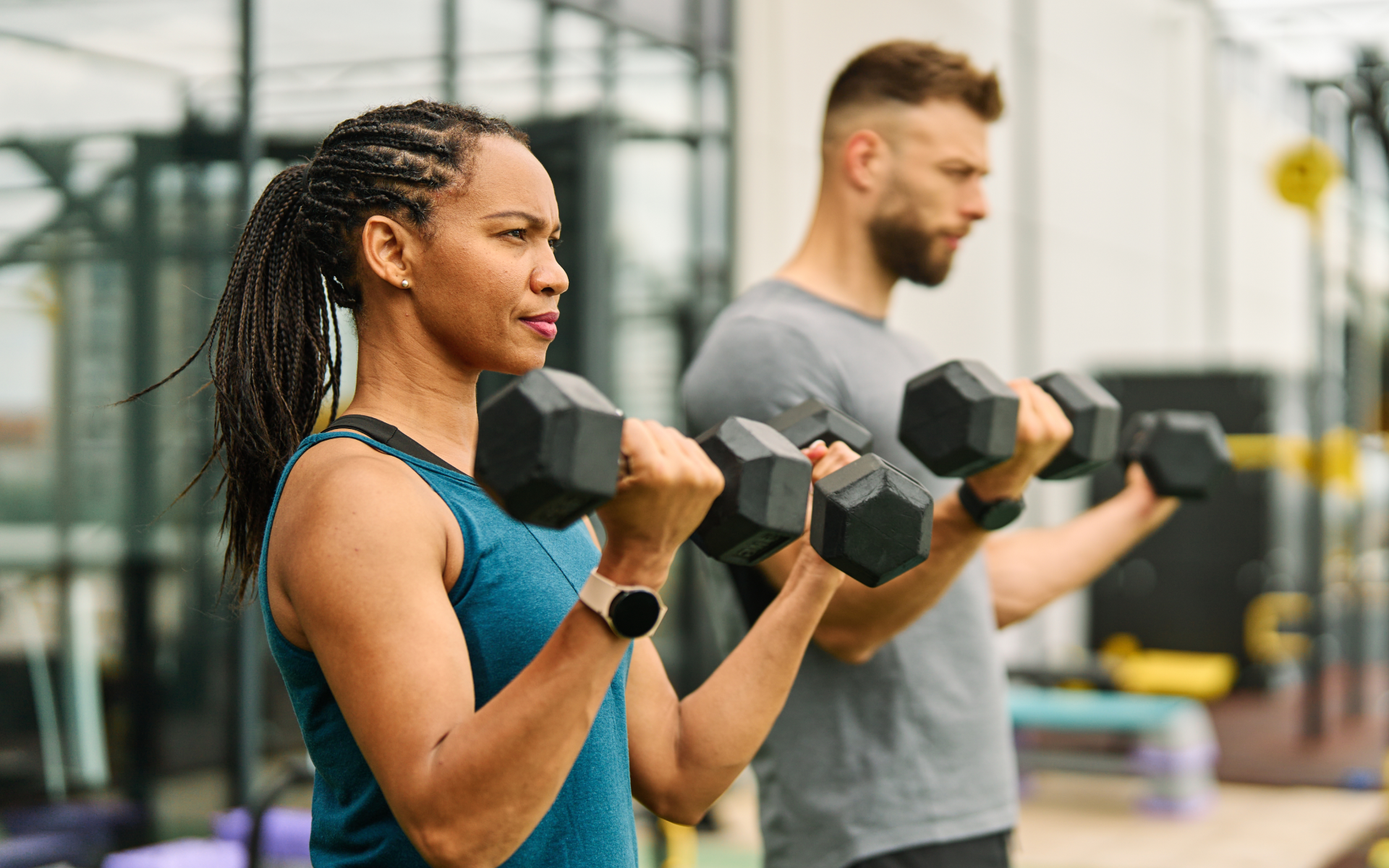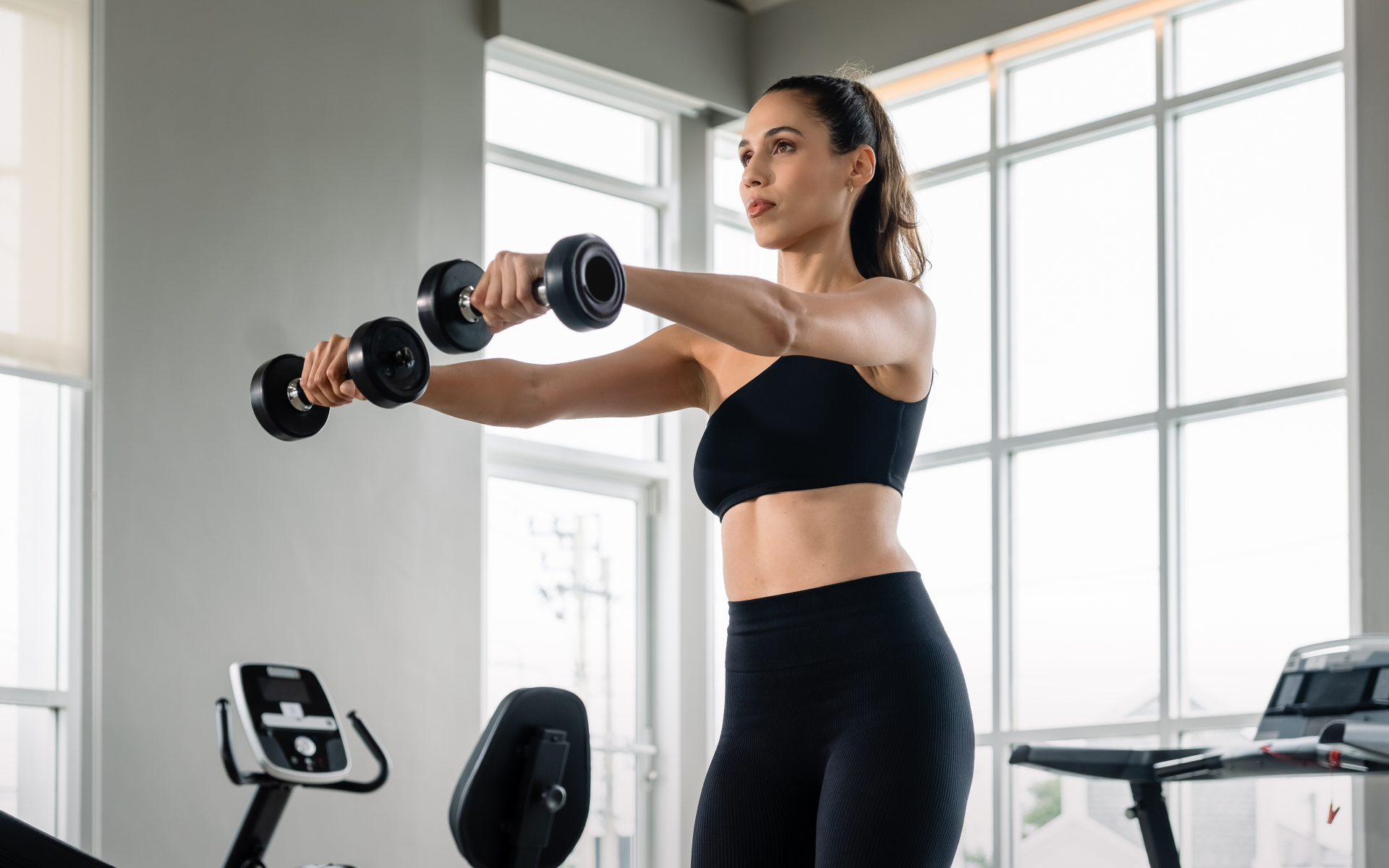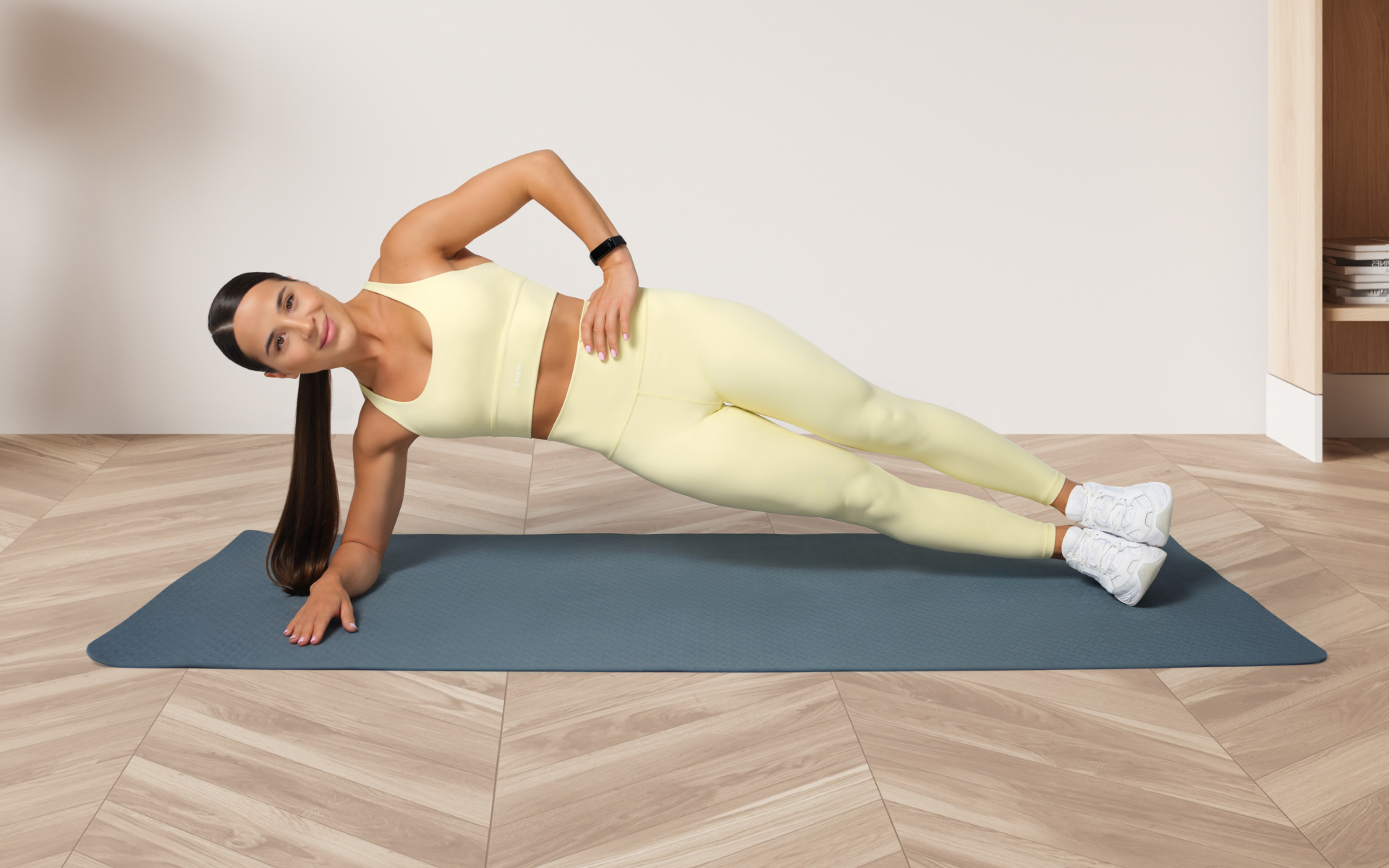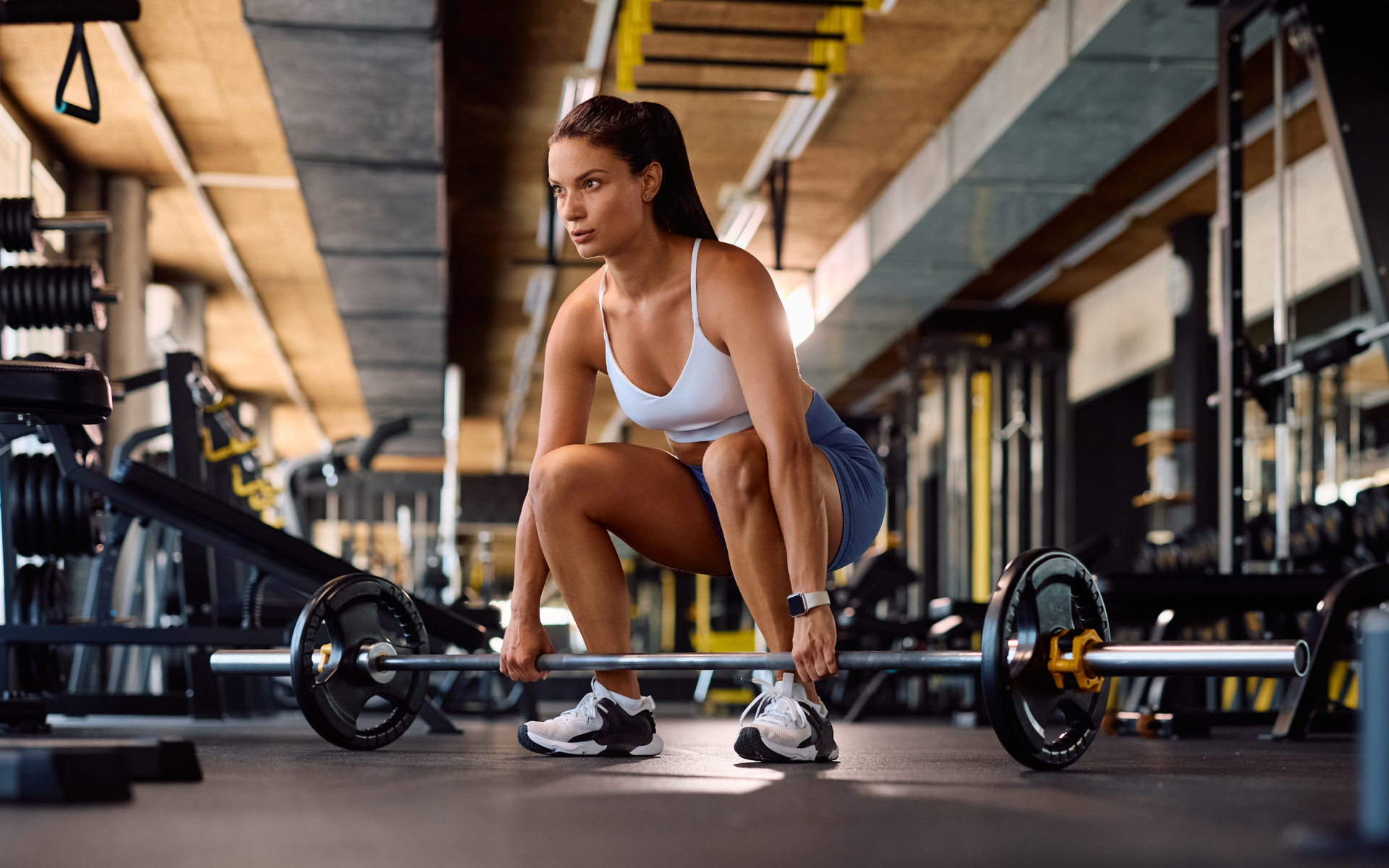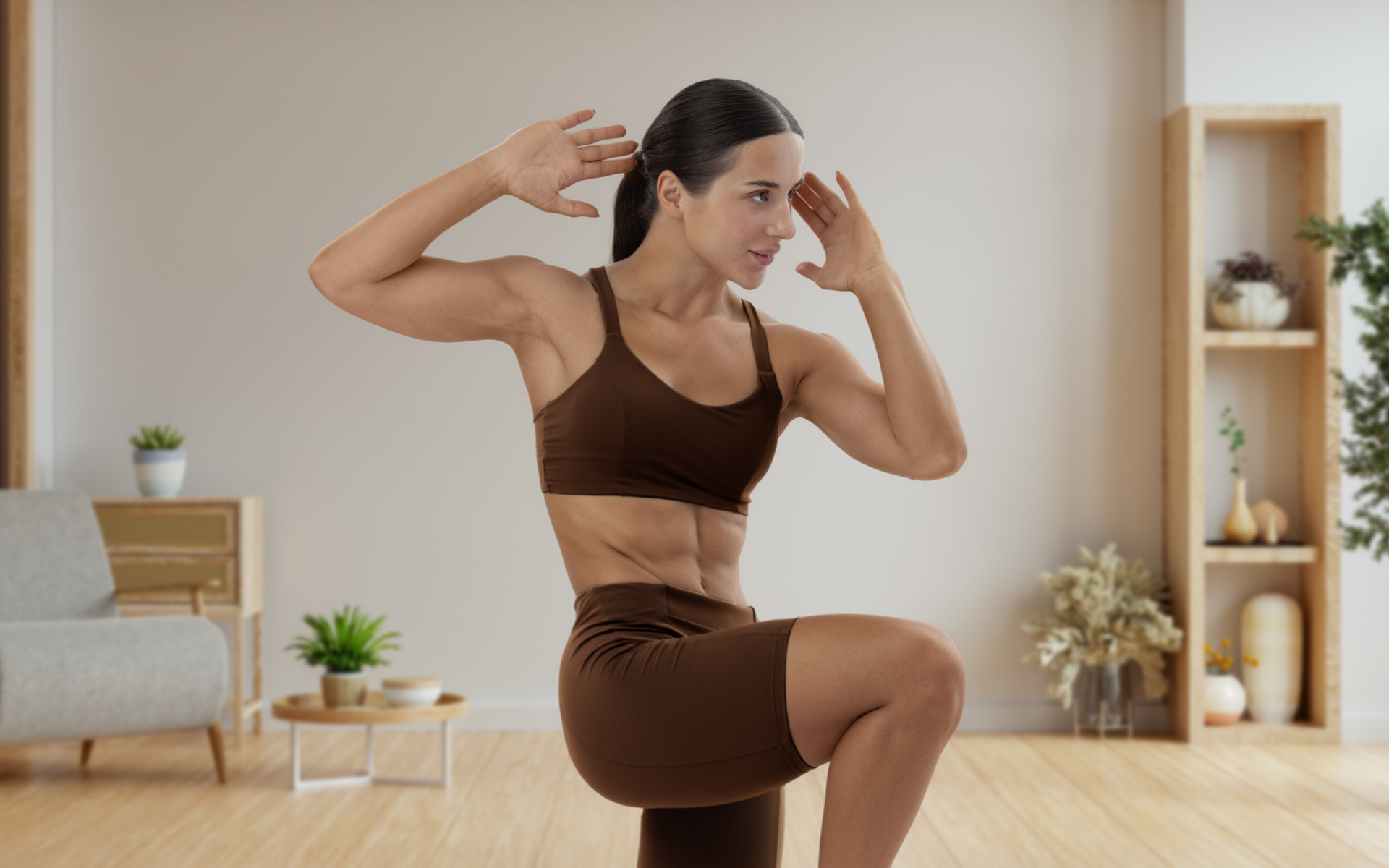If you were to walk into any room right now and ask the people if they’ve ever considered doing a bigger waist workout routine, almost everyone would give you a confused look and offer a firm ‘no’ as an answer.
As a larger midsection is frowned upon, most people never think to thicken their waist size. In fact, if you were to search ‘how to make the waist bigger’, most of the results you’d find would either offer you advice on how to cinch the waist or tell you how to avoid getting a larger waistline.
While it’s true that a bigger waist can be bad, this only applies to a waistline that is made bigger by fat. Getting a slightly larger midsection through muscle growth is an entirely different ball game.
Not only is it more aesthetically pleasing for men who want a more masculine look, it also means that you have a really strong core, which is great for balance and has many other health benefits.
If this sounds like something you may be interested in learning more about, read on to find out how to get a bigger waist the healthy way, the best exercises for this, and much more.
How Can I Increase My Waist Size?
You can increase your waistline through two main ways:
- Increasing the fat in your body – When you eat in a calorie surplus, you gain extra fat in the body and thus extra weight. While the fat can be stored in many different areas, in many people, the extra weight goes to their belly, which ultimately makes their waistline bigger.
- Building your core muscles – We all have muscles under the skin and fat in our bodies. The tummy also has a number of different muscles that as one are referred to as core muscles. When you continuously target these muscles, they break down and rebuild/repair themselves, which will increase the size of your midsection over time.
While either option can work to increase waist size, the latter is often preferred. We don’t recommend gaining fat to increase your waist size as this can cause a variety of health complications. Having more muscle and a thick, strong core is preferred. Not only is having more muscles than fat in your body, especially the stomach, better for your health, but a larger waist from bigger muscles looks much better than a larger midsection from extra pounds and/or rolls of fat.
Intense sweat sessions, working weight loss tips, lip-smacking recipes come in one package with the BetterMe app. And all of it is at your fingertips, start transforming your life now!
Can Your Waist Get Bigger Without Gaining Weight?
Yes, it can. A larger midsection is not always due to weight gain or increased fat in the body. As mentioned above, you can make your waist bigger by increasing the size of your core muscles.
Another thing we believe to be important is that a slightly larger waist isn’t something to be worried about – at least, not healthwise.
According to the National Heart, Lung, and Blood Institute, as long as your waist circumference is no greater than 35 inches for women or no larger than 40 inches for men, you’re not at risk of the many health risks that are associated with a larger waist size (1).
The British Heart Foundation goes on to break down the health risks related to midsection circumference. The more fat you have around this area, the higher your risk of high blood pressure, diabetes, and coronary heart disease. To determine how ‘at risk’ you are, the foundation breaks down the measurements as follows (8):
For people of white European, black African, Middle Eastern, and mixed origin:
- In men, a waist circumference below 37 in (94 cm) is low risk, one around 37 to 40 in (94 to 102 cm) is considered ‘high risk’, and more than 40 in (102 cm) is ‘very high risk’
- In women, below 31.5 in (80 cm) is low risk, 31.5 to 34.6 in (80 to 88 cm) is high risk, and more than 34.6 in (88 cm) is very high risk
For people of African-Caribbean, South Asian, Chinese, and Japanese origin:
- In men, a waist circumference below 35.4 in (90 cm) (35.4in) is low risk, and anything more than that is ‘very high risk’
- In women, a circumference below 31.5 in (80 cm) is low risk, and anything above is very high risk.
At the end of day, as long as your waist is within the healthy range, your risk of health issues is reduced. If it gets bigger but it’s all due to muscle, there’s no need to fret and you’ll be fine.
How to Get a Bigger Waist: Exercises to Increase Waist Size Without the Risk of Extra Fat
Some workouts that can help increase waist size are as follows:
Side Plank Hip Lifts
This move can be done with just your body weight, but if you want to challenge yourself even more, try holding a dumbbell at your hip. This core workout directly targets the obliques – the muscles at the ‘love handle’ section of your waist.
How to do them:
- Start by lying on your left side propped up on your left elbow and forearm. Your shoulders should be stacked over your elbow and your legs stacked on top of each other.
If you’re using a weight, hold a dumbbell in place on top of your right hip.
- Raise your hips so your body forms a straight line from head to heels. This is the starting position.
- Keeping your core braced and your glutes engaged, slowly lower your left hip, tapping it gently on the floor.
- Reverse the move, returning to the side plank position.
- Repeat for the desired number of reps, then switch sides, performing equal reps.
Hanging Leg Raises
This is a fantastic exercise to increase waist size for male and female exercisers. Hanging leg raises target multiple core muscles, including the abs, obliques, and hip flexors.
How to do them:
- Hold a pull-up bar with an overhand grip (palms facing away from you and your body). Keep your arms fully extended and your legs straight.
- Brace your core and bend at your hips to lift your straight legs to 90 degrees, or as high as you can.
- Once you reach your highest point with your legs at or close to 90 degrees, slowly lower your legs back down to their starting position with as much control as you can maintain. Don’t swing to initiate this leg movement.
- This counts as one rep. Perform 8 to 10 reps for 1 set.
People who do calisthenics can add this exercise to their routine as it indirectly targets the upper body, including the forearms and back. For those who are looking to build their grip strength, this exercise is also fantastic in this regard.
Dumbbell Side Bend
This exercise directly targets the internal obliques and external oblique muscles. It also works the rectus abdominis, albeit indirectly.
How to do them:
- Stand up tall with your feet shoulder-width apart. Hold a dumbbell in your right hand with your palm facing your hip and place your left hand behind your head.
- Bend to your right side, as far as is comfortable, and then pause. Return to the starting position, standing tall.
- Repeat for the duration of the set, and then switch sides.
Read more: 9 Keto Dumpling Recipe That’ll Leave You With More Taste, Less Waist
Does Working Abs Increase Waist Size?
Yes, it can.
If you want to have pronounced abs, you must accept that you may go up an inch or two in waistband size. The ab muscle, also known as the rectus abdominis, is a long, flat muscle that extends vertically around our midsection.
We all have abs, but their prominence and visibility are dependent on how hard and consistently we work them, in addition to the amount of fat in the midsection. If you have a flat stomach and want abs, chances are that as these muscles grow, your jeans may start to feel a little tighter.
What Should I Eat to Make My Waist Bigger?
In addition to exercise, food plays a significant role in making your waist bigger. We all know that eating on a calorie surplus and indulging in sugary, high-fat, and unhealthy foods can make your midsection larger through extra fat. But what can you eat to increase your waist size through muscle?
The answer is protein. Increased protein intake and strength training go hand in hand for building muscle size and strength. When you work out, your muscles end up breaking down. Once the workout is done, they start trying to repair themselves – they need protein to do this (2, 5).
The recommended intake of protein for optimal and maximized muscle growth is approximately 1.6-2.2 grams per kilogram per day of protein (3, 7). Some healthy protein sources you should include in your weekly diet include:
- Eggs
- Dairy products such as milk, yogurt (especially Greek yogurt), and cheese (specifically cottage cheese)
- Nuts such as almonds, pine nuts, walnuts, macadamias, hazelnuts, cashews, and peanuts – nut pastes and butters also fall into this category
- Seeds such as pumpkin seeds, sesame seeds, and sunflower seeds
- Plant protein from legumes and lentils, including all beans, lentils, chickpeas, split peas, and tofu
- Fatty fish such as salmon, sardines, anchovy, mackerel, trout, and any seafood – they are also rich in healthy fats and omega 3s
- Protein powders, which can be made from whey or plant protein
- Animal protein such as chicken, turkey and other poultry, and lean beef
Can You Have a Naturally Big Waist?
Yes, you can. Unfortunately, diet and exercise are not the only things that determine waist size. Genetics also plays a role.
For example, some people come from a line of women who have hourglass figures and rather slim waists. However, if the women in your family have more of a square or apple body shape, achieving a very small waistline may feel impossible.
At the end of the day, accepting what your body looks like is one of the best things you can do. However, if your bigger waist is due to extra fat, you should eat right and exercise. This will reduce the size and also do wonders for your self-esteem.
Whether you’re looking to simply pep up your fitness routine, jazz up your diet with mouth-watering low-calorie recipes or want to get your act together and significantly drop that number on your scale – BetterMe app has got you covered! Improve your body and revamp your life with us!
FAQs
Do squats increase waist size?
Not particularly.
Squats are normally the go-to bubble butt workout for anyone who is looking to build their thighs and glutes. In addition to the lower body, this workout is also praised as a compound exercise as it activates the core.
However, it cannot make your waist larger as the core is targeted secondary and rather indirectly. Exercises that directly target the core muscles are more likely to make your midsection larger than squats will.
Is waist size genetic?
Yes, it is. Research has shown that genetics plays a role in waist circumference, waist-to-hip ratio, and the chances of storing more fat in your tummy area or not (4, 6).
Do planks thicken the waist?
Plank variations that target the rectus abdominis and obliques can make your waist thicker and slightly bigger.
What exercise burns the most belly fat?
A combination of cardio and strength training is the best option for burning belly fat. Unlike popular myth, targeted core workouts such as sit-ups, crunches, and torso twists are not the best for this. These work the muscles under the fat and have very little to do with fat burning.
Does calisthenics build muscle?
Yes, calisthenics will build muscle. However, it’s important to note that calisthenics builds a leaner muscular figure. If you want huge muscles like bodybuilders, then weight training is better than calisthenics.
The Bottom Line
When it comes to ‘how to get a bigger waist’, diet and exercise, particularly workouts that target the abs and the obliques play a huge role. While building your core muscles won’t make your waist as big as having extra fat, the waist can get slightly bigger. You’ll also get a much stronger core overall, which is good for your general health and your functional health.
DISCLAIMER:
This article is intended for general informational purposes only and does not serve to address individual circumstances. It is not a substitute for professional advice or help and should not be relied on for making any kind of decision-making. Any action taken as a direct or indirect result of the information in this article is entirely at your own risk and is your sole responsibility.
BetterMe, its content staff, and its medical advisors accept no responsibility for inaccuracies, errors, misstatements, inconsistencies, or omissions and specifically disclaim any liability, loss or risk, personal, professional or otherwise, which may be incurred as a consequence, directly or indirectly, of the use and/or application of any content.
You should always seek the advice of your physician or other qualified health provider with any questions you may have regarding a medical condition or your specific situation. Never disregard professional medical advice or delay seeking it because of BetterMe content. If you suspect or think you may have a medical emergency, call your doctor.
SOURCES:
- Assessing Your Weight and Health Risk (n.d., nhlbi.nih.gov)
- Dietary Protein and Muscle Mass: Translating Science to Application and Health Benefit (2019, ncbi.nlm.nih.gov)
- Food-First Fueling: When to Consume Protein for Maximum Muscle Growth (2023, usada.org)
- Genetic and behavioral determinants of waist-hip ratio and waist circumference in women twins (1998, pubmed.ncbi.nlm.nih.gov)
- Recent Perspectives Regarding the Role of Dietary Protein for the Promotion of Muscle Hypertrophy with Resistance Exercise Training (2018, ncbi.nlm.nih.gov)
- Susceptibility Variants for Waist Size in Relation to Abdominal, Visceral and Hepatic Adiposity in Postmenopausal Women (2013, ncbi.nlm.nih.gov)
- Systematic review and meta-analysis of protein intake to support muscle mass and function in healthy adults (2022, onlinelibrary.wiley.com)
- Why your waist size matters (n.d., bhf.org.uk)
